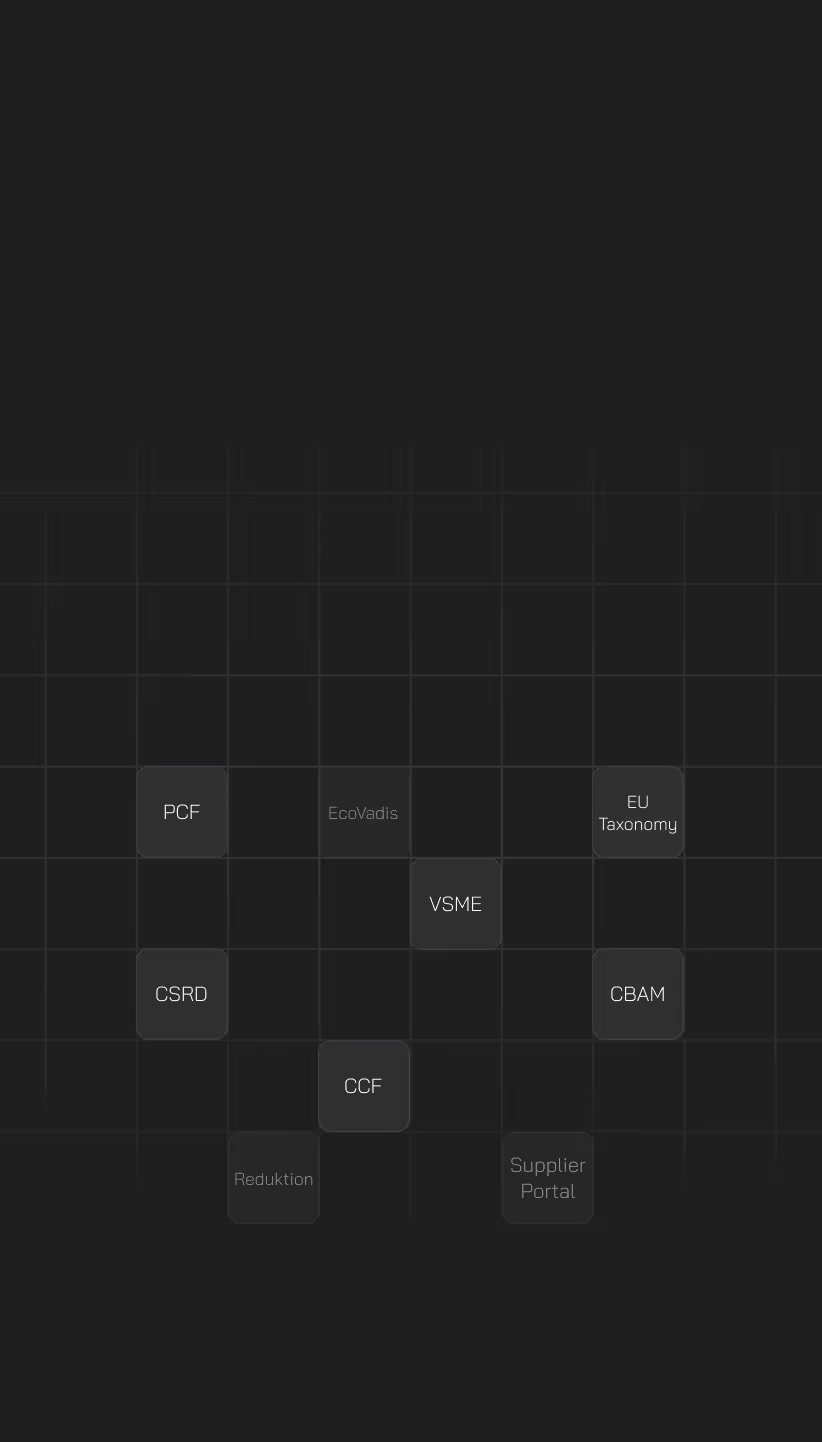Learn more about the future of carbon accounting and sustainability reporting. From new laws to technological innovations - everything at a glance.
Activity-based carbon accounting quantifies caused emissions by multiplying the physical unit of an activity with the corresponding emission factor (e.g. liters of fuel burned). It is the most accurate carbon accounting method, as real physical values are used.
The EUDR regulates trade in raw materials that can cause deforestation.
Air pollution is the release of harmful substances into the atmosphere.
The air quality index is an indicator of air quality and its effects on health.
The albedo effect refers to the reflectivity of a surface to solar radiation.
Biodegradable plastics decompose into natural substances through microorganisms.
Biodiversity refers to the variety of genes, species, and ecosystems on Earth.
CH₄, also known as methane, is a colorless, odorless gas considered one of the most significant greenhouse gases. It is primarily produced through natural processes and human activities, with a significantly higher global warming potential (GWP) than CO₂, despite its shorter atmospheric lifespan.
Leider konnten wir nicht finden, wonach Sie gesucht haben. Unser Blog wird jedoch regelmäßig mit neuen Inhalten aktualisiert. Versuchen Sie bitte einen anderen Suchbegriff oder werfen Sie einen Blick auf unsere neuesten Beiträge. Viel Spaß beim Stöbern!

